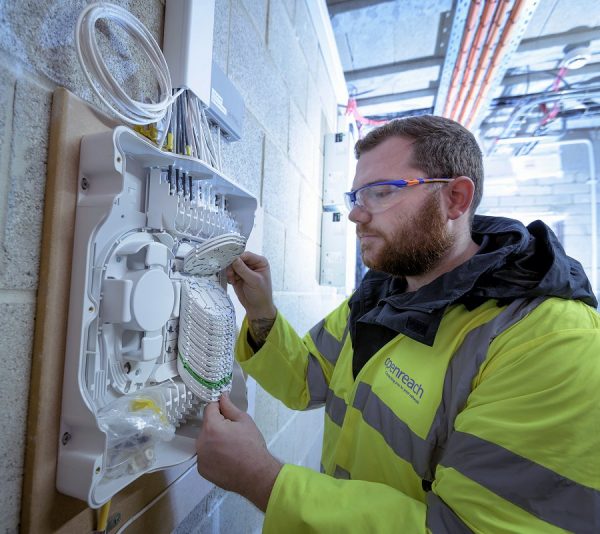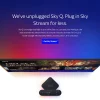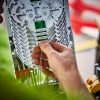New Delivery Options for Openreach’s Full Fibre Infrastructure Build

Network operator Openreach (BT) has introduced new delivery options for their commercial UK Full Fibre Infrastructure Build (FFIB) product, which are intended to “improve operational effectiveness leading to reduced mean time to deliver” when getting related sites into a Customer Ready for Service (CRFS) state.
In case anybody has forgotten. FFIB is an infrastructure only build solution with no active service provided as part of the contract. The product is available for individual or multi-site network infrastructure upgrades to full fibre connectivity, which may be particularly handy in the public sector (schools and public buildings etc.). On the surface this may sound a little like FTTP on Demand (FoD), but it takes a different approach.
The product essentially deploys Openreach’s full fibre network (duct infrastructure and fibre delivery) into any location that is not included in their current FTTP roll-out plans. Once completed, customers can then be served from the new fibre distribution point, such as by ordering Ethernet leased lines or FTTP broadband circuits.
Advertisement
The operator’s existing FFIB contracts only include a single “Standard” delivery variant, which builds all the way to an Optical Network Terminal (ONT) – usually positioned inside a building / house. Delivery completion is counted as the registration of the ONT onto Openreach’s systems, which enables handover of the completed site to an ISP.
What’s New?
According to Openreach’s limited briefing (here), the operator is now adding two new delivery variants to accompany the existing approach – FFIB to the Connectorised Block Termination (CBT) only (CBTs are often found outside on top of poles or inside underground chambers) and FFIB to Multi Dwelling Unit (MDU).
The reason for the new addition(s) is because ISPs sometimes find it time-consuming arranging internal site access with their end customers to install the final ONT, which causes delays in handing over the completed site and invoicing for the work. But under the new approach Openreach will be able to declare a site complete, even if they cannot get access to install the ONT within 30 days of completing the CBT commissioning.
Similarly, when delivering FFIB to an MDU (apartment block), confirmation of delivery is currently when Openreach have successfully installed an ONT into the target UPRN unit (usually unit 1). But gaining access to MDU buildings and individual flats/apartments within them is still a notoriously tricky problem, so now they can offer the option of delivering to the CBT serving the MDU to the Point of Entry (PoE) box outside each unit.
Advertisement
We should point out that the new variants actually go up to the track joint or CBT. The track joint is the piece of equipment that the external fibre terminates in, usually also situated outside the building ready for the MDU enablement team to pick up from and run into the building to complete the internal build.
In this approach, the final stage of the end-user’s installation will look more like a traditional install, where an Openreach engineer only enters your home or flat to install the service and ONT (optical modem) – once you’ve placed an order for the service with an ISP. Overall, this gives ISPs more options to complement the existing one.
As part of this Openreach have also introduced customer at fault Abortive Visit Charges, revisit charge and re-appointment charge(s) for FFIB and a cap on the timescales by which a FFIB first service connection rebate can be claimed.
Mark is a professional technology writer, IT consultant and computer engineer from Dorset (England), he also founded ISPreview in 1999 and enjoys analysing the latest telecoms and broadband developments. Find me on X (Twitter), Mastodon, Facebook, BlueSky, Threads.net and Linkedin.
« Go Fibre and Upp Adopt New UK Full Fibre Street Cabinets























































While this clearly isn’t designed for residential use, is there anything stopping a more specialist ISP (e.g. A&A) from offering it, as an alternative to FTTPoD?
These were my thoughts exactly!
And if the CEO, on his way to work, sees a black cat walk under a ladder in the executive car park (The CEO that is), then all bets are of.
Silly little rules invented to psuedo justify organisational in-action and stringing-it out.
What an absurd way to implement a such desparately needed national infrastructure.